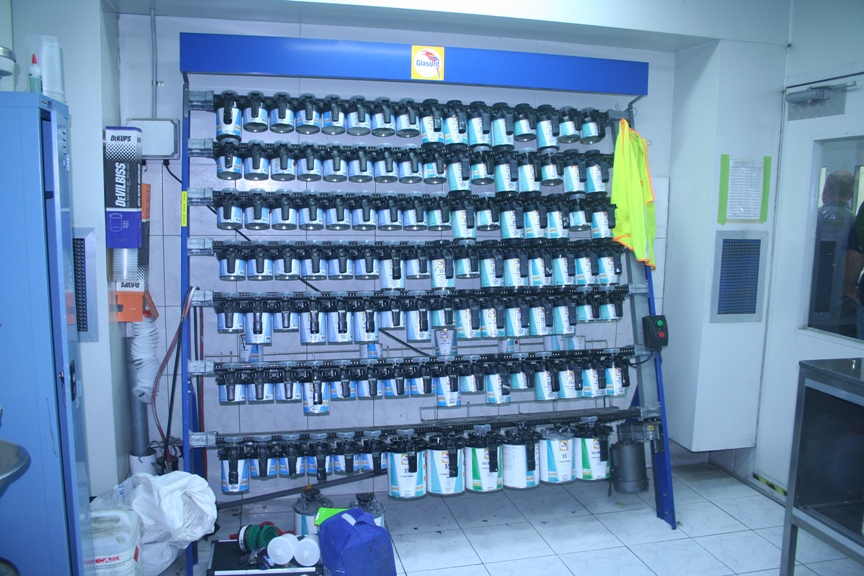Before a body shop makes the final decision to change to waterborne they should be aware of not only the advantages of using waterborne technology, but also the points of difference from their current solventborne system.
All suppliers have a different change-over strategy, this should be made very clear and the body shop should ensure it suits them. The shop management needs to check off a number of points.
Are there systems in place to measure the KPI’s (key performance indicators) of the products so the body shop can get a true comparison between their current solvent and the new waterbase systems?
Does the shop plan to run a waterbase system alongside its current solvent (and thus incur the extra cost of running two systems)?
Are colours accurate, especially local manufacturers’ colours, as most systems are developed in Europe?
Are all staff aware of the differences and willing to accept the change?
What is the cost relating to the change? Is the paint shop equipped for the change over? This will depend on a range of factors, such as the type of work, throughput, equipment needed, staff, location of shop, etc.
How many systems are in the relevant market?
Heat and humidity affect the drying of waterborne and it may be a good idea to speak to body shops which are currently using the products. Waterborne systems are generally reduced using deionized water so drying can’t be influenced without the use of a drying system. Glasurit has viscosity reducers which gives the waterbase system drying characteristics similar to solventborne systems.
The shop needs to be aware that waterborne technology is – litre for litre – dearer than solvent, but how much varies between brands. All should balance out as waterborne has better covering power than solvent. The body shop should look at not only the cost of the mixing base but also the RFU (ready for use) cost as some systems use 100 per cent mixing base for mixing a colour, while Glasurit uses only 30 per cent mixing base (the other 70 per cent is a type of binder).
Shelf life should be considered. The average waterborne mixing base has a shelf life of 12 to 24 months; Glasurit is 60 months. Shelf life not only affects how long a mixing base stays on system in the body shop but also supply, as most systems are imported. The questions needing answers include: When was the batch produced? How long did it take to arrive? How long has it been stored prior to delivery? And what time is left until expiry?
OH&S is a big part of an employer’s responsibility. The use of waterbase reduces the risks associated with continual use of solvent.
Training is a big part of the success of a change-over. How competent are the paint brand’s field technicians? Do they run a successful training programme? This could be answered by discussion with shops currently using the relevant brand of waterbase. A lot of waterbase systems are painted in an unconventional way. Glasurit 90 line is painted the same way as solvent.
Although there is as yet no legislation to drive the change from solvent to water, the benefits of using the product should be considered:
•   The majority of OEMs now produce vehicles in waterbase.
•   The way in which effect pigments (metallic) lays in the paint film will more closely replicate OEM.
•   Waterbased paint is a non-aggressive basecoat.
•   The painting of solvent-sensitive OEM waterbase finishes will no longer be an issue, eliminating the need for rework relating to ring-up or fry-up.
•   OH&S benefits from less solvent used in processing and equipment clean-up.
•   A unique way to market your business.
•   Environmentally friendly.
•   Easy to use.
Don’t be afraid to ask the questions and seriously consider this major step in the evolution of your business and your shop.
Waterborne Paint: The Beginner’s Guide – Part 8

CONVERTING TO WATERBORNE
